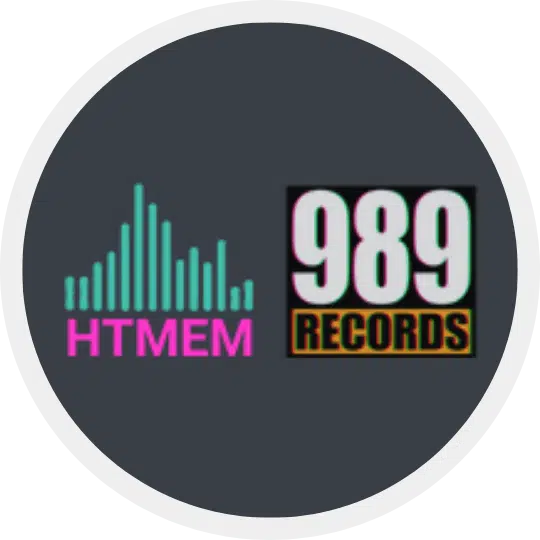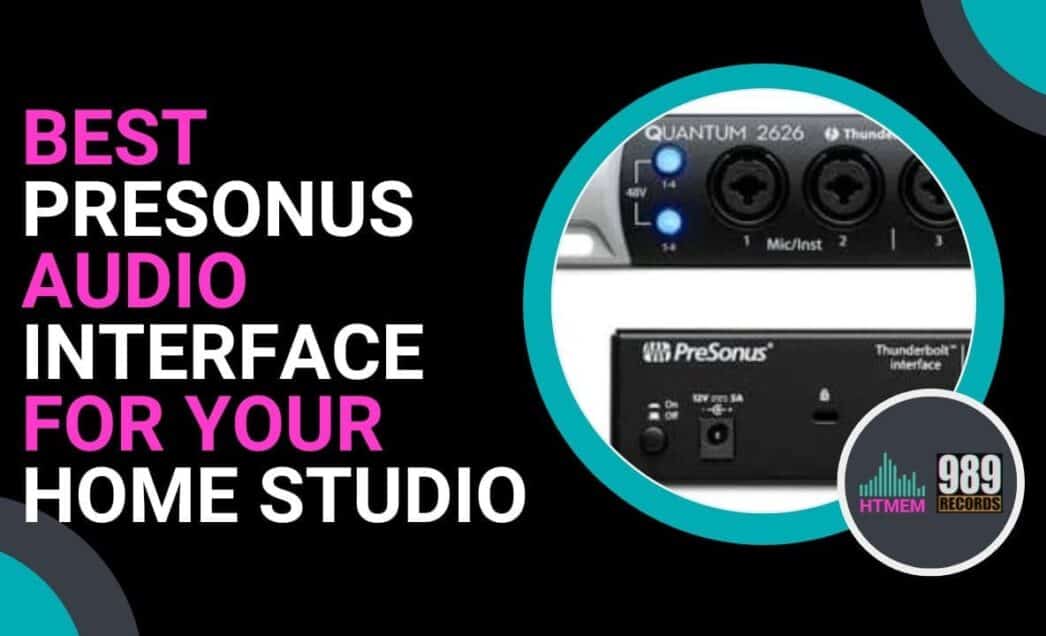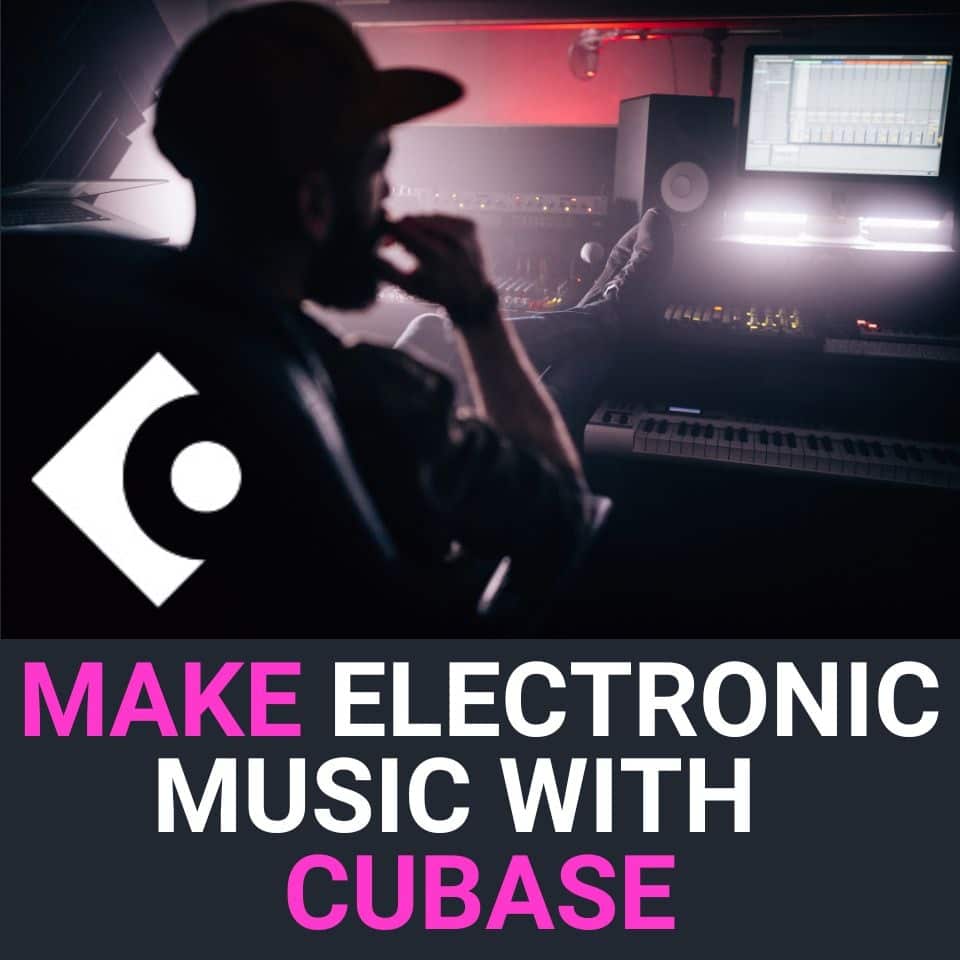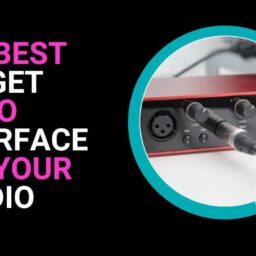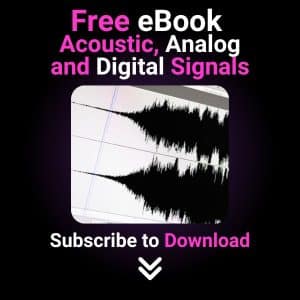In the music production world, the audio interface is the beating heart of any home studio. It is the key component that translates creativity into digital clarity.
PreSonus, synonymous with quality and innovation, stands out as one of the leading companies producing audio interfaces. This article will guide you through selecting the best PreSonus model to elevate your sound and streamline the production process.
What is an Audio Interface and Who is it For?
An audio interface is a central device that connects musical instruments and microphones to a computer, converting analog signals (tensions) into digital audio (bits).
This tool is essential for anyone seeking to produce high-quality recordings, including musicians, producers, podcasters, and voice-over artists.
In a home studio, an audio interface is indispensable, ensuring that every note and nuance is captured with precision and clarity.
If you want to learn how an analog signal gets converted into bits, check Acoustic, Analog, and Digital Signals Explained.
Benefits of Using a PreSonus Audio Interface
PreSonus audio interfaces are celebrated for their superior sound quality and low latency, offering a seamless recording experience. They are designed for ease of use, making them suitable for both beginners and professionals.
Additionally, each PreSonus interface comes equipped with Studio One Artist software, a powerful digital audio workstation (DAW) that enhances creativity. This flexibility allows users of varying skill levels to produce exceptional audio effortlessly, like using Steinberg Cubase.

Choosing the Best Audio Interface for Your Needs
Selecting the right audio interface involves several considerations. Assess the number of instrument and microphone inputs you need, as this will affect your recording capabilities. Even though you will probably work at a 48kHz sample rating and 24-bit depth, the sample rate and resolution are crucial for achieving high-quality sound; in fact, higher values typically result in better audio fidelity.
The buffer is responsible for a low-latency audio system, which is also important for real-time monitoring and recording. Align these features with your specific recording goals to ensure you choose the best interface for your needs.
If you want to understand more about Digital Theory, Sample Rate, Bit Depth, and Latency, have a look at Acoustic, Analog, and Digital Signals Explained.
PreSonus Audio Interface Models
PreSonus offers a range of audio interfaces, each tailored to different requirements, budgets, and needs:
- AudioBox Series: Compact and user-friendly, ideal for beginners and mobile recording.
- Quantum Series: High-end performance with Thunderbolt technology, perfect for professional studios seeking ultra-low latency.
- Studio Series: A versatile option for home studios, balancing features, and quality.
Popular models include the AudioBox iTwo, Quantum 2626, and Studio 24c, each offering unique specifications to suit various recording environments.
Key Features to Consider When Buying an Audio Interface
When choosing an audio interface, consider the following features:
- Input Options: Ensure the interface has enough inputs for your instruments and microphones.
- Sample Rate and Resolution: Higher rates and resolutions provide better sound quality.
- Headphone Outputs and Monitoring: Necessary for accurate sound monitoring.
- Compatibility: Check that the interface is compatible with your computer system and recording software.
- Driver Support and Customer Service: Reliable support can be crucial for smooth operation.
Setting Up and Using Your PreSonus Audio Interface
Setting up a PreSonus audio interface is straightforward:
- Connect: Use a USB or Thunderbolt to link the interface to your computer.
- Install Drivers: Follow the guidance to install the necessary drivers and software.
- Configure Settings: Adjust audio settings for optimal performance.
- Get Recording: Beginners should focus on exploring the software and experimenting with different settings to get comfortable.
PreSonus Audio Interface vs. Other Brands
PreSonus interfaces are often compared to brands like Native Instruments, Focusrite, and Behringer. PreSonus stands out with its superior sound quality, intuitive user experience, and variety of models catering to different needs and budgets, offering both cost-effective and professional-grade options.
Top Picks for PreSonus Audio Interfaces

AudioBox iTwo
The PreSonus AudioBox iTwo is a portable and versatile audio interface ideal for mobile recording and small home studios. It features two combo inputs for instruments and microphones, delivering high-quality sound with its robust preamps.
The device is perfect for musicians and content creators who need a reliable, compact solution. Compared to the AudioBox USB 96, the iTwo emphasizes portability and flexibility, while the USB 96 focuses on higher sampling rates. The iTwo also includes Studio One Artist software, enhancing its value for users.
Go to the Product Page Here.
Quantum 2626
A high-end audio interface designed for professional studios, featuring 26 inputs and 32 outputs with Thunderbolt connectivity for ultra-low latency. It offers high-quality sound with XMAX Class A preamps, making it ideal for complex recording projects.
The interface includes PreSonus Studio One Artist software, enhancing studio workflows. It’s perfect for large-scale recording sessions, live sound setups, and post-production environments, providing unmatched sound quality and connectivity for professional audio production.
Go to the Product Page Here.

Studio 24c
A compact audio interface ideal for home studios and small recording setups. It features two XMAX-L preamps, USB-C connectivity for fast data transfer, and supports up to 192 kHz recording for high-quality audio.
Bundled with Studio One Artist software, it offers a comprehensive solution for musicians, podcasters, and voice-over artists. Compared to other PreSonus models, it balances portability and performance, making it perfect for podcasting, music production, and voice-over work.
Go to the Product Page Here.
Optimizing Your Home Studio Set-Up
To maximize the potential of your PreSonus interface, consider investing in quality studio monitors and headphones for accurate sound reproduction.
Additional equipment like MIDI interfaces can enhance your setup. Organizing your studio space efficiently will also contribute to better acoustics and workflow.
Troubleshooting Common Issues with Your PreSonus Audio Interface
Common issues may include driver conflicts and connectivity problems.
Ensure that all connections are secure and that software is up-to-date.
PreSonus provides resources for support, including manuals and online forums, to assist with troubleshooting.
Conclusion
A PreSonus audio interface is a valuable asset for any home studio, combining high-quality sound with ease of use. With the right model, you can drastically enhance your music production experience, audio quality, and workflow.
So, get involved by the power of PreSonus Audio Interfaces, bring your creative visions to life, and take your recording quality to the next level.
Suggested Reading
Best gaming laptop for music production
Practice and enjoy!
